Have you been invited to an LGBTQ+ wedding? How exciting for you!
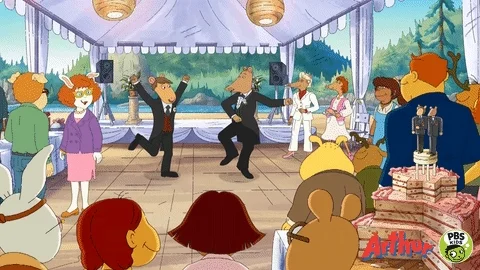
While there may be some changes from a traditional wedding ceremony, the important element, love, is still the same. Understanding what to expect at LGBTQ+ weddings can help you feel confident and comfortable to be a fabulous wedding day guest!
What is an LGBTQ+ wedding?
You may have heard of same-sex, gay, or lesbian weddings, or have even been to one! But LGBTQ+ is much more than just two brides, or two grooms. LGBTQ+ includes diversity of sexuality, as well as gender.
Margot & Jade
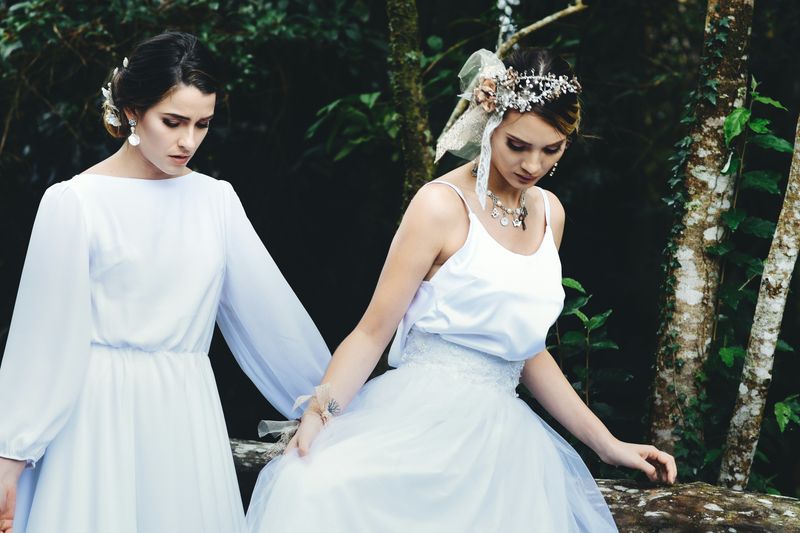 Photo by Chalo Garcia on Unsplash
Photo by Chalo Garcia on UnsplashMargot (she/her) is a lesbian (usually used by women who are only attracted to women), and Jade (she/her) is bisexual (usually used by anyone who is attracted to more than one gender). They are getting married, will both be called brides, and will both wear white dresses at the wedding.
Takeaway: Same-sex weddings can be LGBTQ+ weddings. And even though two women are getting married, they aren't both lesbians, and may not want this to be called a "lesbian wedding".
Kevin & Julia
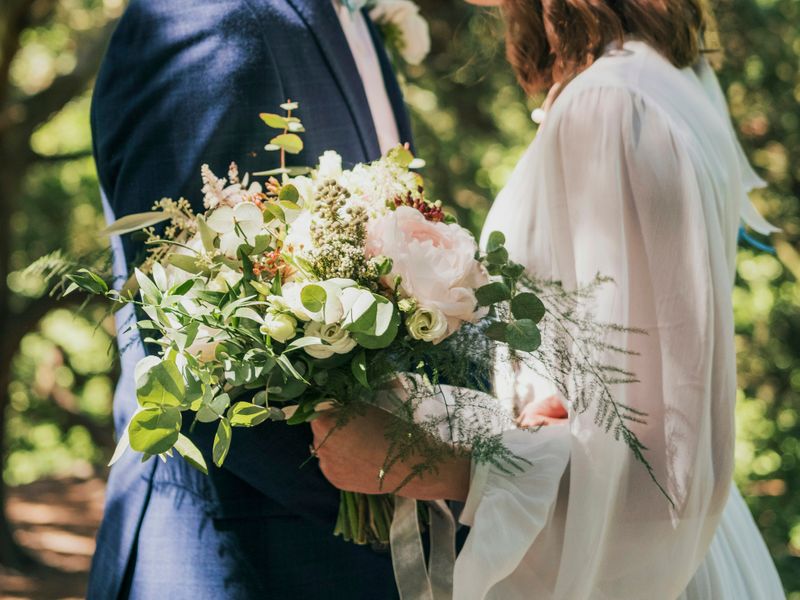 Photo by Julia Solonina on Unsplash
Photo by Julia Solonina on UnsplashKevin (he/him) is a straight (usually used by men attracted to women, or women attracted to men), cisgender (not transgender) man and Julia (she/her) is a straight, transgender woman. Julia came out as an adult, so some of her family friends that will be in attendance know her from before she transitioned.
Takeaway: The T in LGBTQ+ stands for "transgender". Even though both partners are straight, because one of them is transgender, there may be adaptations to the wedding to make it more inclusive of her LGBTQ+ identity, and more care may be needed to ensure everyone is treated with respect.
Raya & Lee
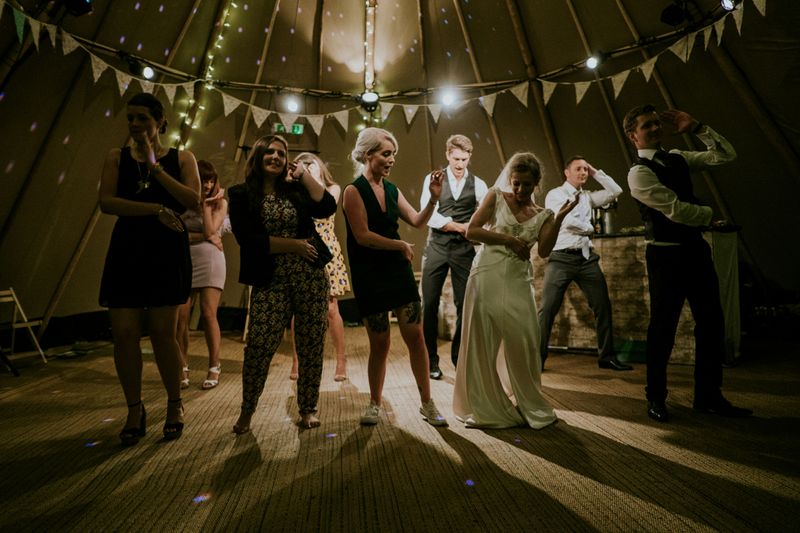 Photo by Mitchell Orr on Unsplash
Photo by Mitchell Orr on UnsplashRaya (she/they) and Lee (they/them) are both nonbinary and pansexual (usually used by anyone who is attracted to someone regardless of their gender). They'll have a legal ceremony in private, since their chosen names and non-binary identities aren't legally recognized. Afterwards, they'll have a party to celebrate with their chosen family.
Takeaway: Nonbinary people and those with other sexual orientations beyond lesbian or gay also get married! Because not all gender identities are legally recognized, doing the legal parts separate from the party can be an element of some LGBTQ+ weddings.
Aaron & Gino
 Photo by Alvin Mahmudov on Unsplash
Photo by Alvin Mahmudov on UnsplashAaron (he/him) and Gino (he/him) are both asexual (usually used by people who don't experience sexual attraction), and Aaron is also aromantic (usually used by people who don't experience romantic attraction).
They've lived together for 20 years as platonic life partners and have two young children. They're getting married to solidify their legal union, and Gino's girlfriend Nova (she/her) will make a speech.
Takeaway: Weddings don't always celebrate romantic love. Platonic life partners are one example of a relationship that may choose to have a wedding to celebrate their (platonic) love for each other.
Quiz
Mia (she/her) is a cisgender, straight woman and Aidan (he/him) is a transgender, bisexual man. Why might they consider themselves as having an LGBTQ+ wedding? Select all that apply.
What makes an LGBTQ+ wedding different?
LGBTQ+ weddings, like any other, may have adaptations to make the day more affirming for the couple. While some wedding traditions may be included, it's best to be open-minded about the roles and structure of the wedding.
If you've been to an LGBTQ+ wedding before, you shouldn't expect each one to be the same. Just as much, an LGBTQ+ wedding can look like any other traditional ceremony, regardless of religion or culture.
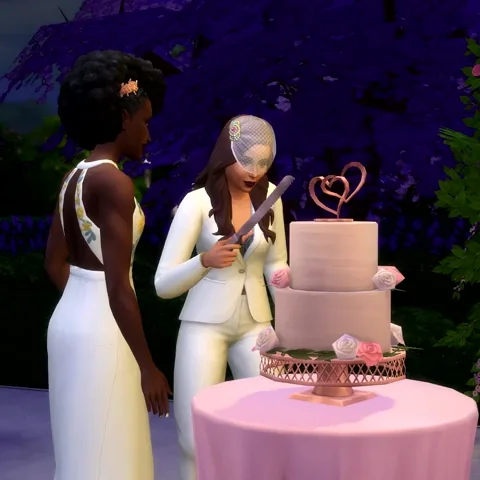
Roles within the wedding
In a wedding, it's usually expected a man is the groom and a women is the bride. But what happens if two men are getting married, two women, or transgender or nonbinary people who don't feel comfortable with these terms?
There isn't one way that LGBTQ+ couples adapt these titles and roles, so it's best to learn from the wedding invite or ask.
Roles like best man, maid of honor, bridesmaids, groomsmen, and so on may be combined between the couple, changed to different or gender-neutral names, or removed. This can help both the couple and their guests feel loved and affirmed.
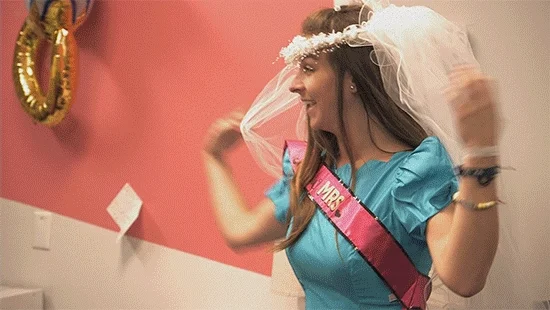
Examples of gender-neutral terms at a wedding
Mx. Lee and Mx. Garth are to-be-weds. Mx. Lee has invited their best friend Pippin to be their Best Person. Mx. Garth had a bach party last week with some friends from work and from university. After their wedding, the newlyweds will be celebrating their honeymoon in Vancouver as spouses.
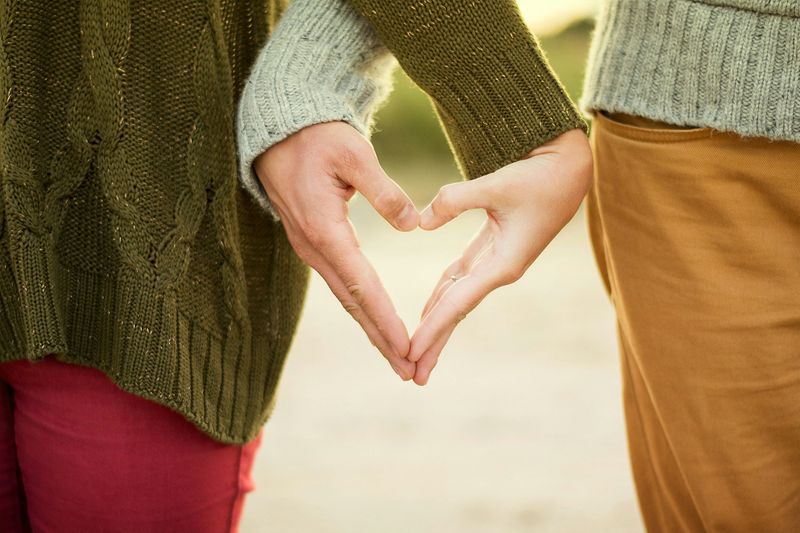
Quiz
Which of these might also be considered a gender-neutral term? Select all that apply:
Structure of the wedding
There are many reasons why a wedding, regardless of it being LGBTQ+ or not, may follow a different structure.
For instance, a bachelor/bachelorette party may be combined across the couple, renamed, or not a part of the calendar. They may both walk down the aisle together, in turns, or down separate aisles.
Religious or cultural traditions, especially those which are gender-specific, may be adapted as well.
For an example of a multicultural gay wedding, check out this wedding trailer for a couple named Tanay and John.
Example of an adapted wedding structure
Hetta (she/her) and Ember (they/them) are getting married. Last week, they had a joint party to celebrate. Hetta's family isn't supportive of her partnership with Ember, so her childhood best friend will walk her down the aisle.
Ember will walk down the aisle after her. Neither of their wedding parties is divided by gender, especially since some of their guests are nonbinary, so they'll sit wherever they want.
They spoke with their officiant beforehand to see how they could adapt their vows to be more inclusive of Ember's gender identity.
 Photo by Ellie Cooper on Unsplash
Photo by Ellie Cooper on UnsplashLegal considerations for transgender/nonbinary people
One reason a wedding may be adapted is to due to legal issues around gender and sex.
If someone hasn't had a legal name or gender change, or if their identity isn't legally recognized, they may still have to be legally married by a registrar as their assigned gender or their deadname. This can be very uncomfortable and distressing, especially in front of a large crowd of their loved ones.
So, some LGBTQ+ couples choose to do the legal part of the ceremony in private, and then do another celebration, such as a ceremony with a celebrant, or a wedding party, separately.
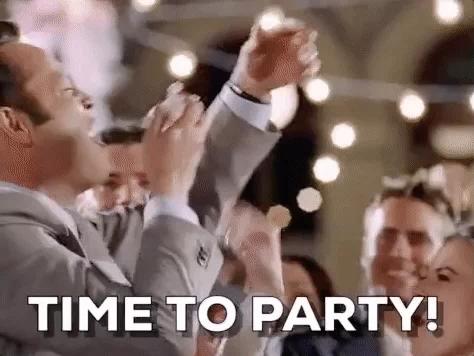
How do I be an inclusive guest on the wedding day?
 Do
Do
Be polite and respectful of everyone in attendance. LGBTQ+ people will likely have LGBTQ+ guests as well, and to respect the wedded couple, you should respect their invitees as well. Try to avoid making assumptions about guests' gender identities and sexualities.
Be open-minded. While you shouldn't do something that makes you uncomfortable, trust that the couple's plan for the event is for a reason.
Have fun! Queer joy is beautiful, and especially in a world with so many barriers to LGBTQ+ happiness, a wedding day of love is an extraordinary event.

 Don't
Don't
Treat this event as a spectacle. LGBTQ+ weddings are special, especially in many political and societal contexts, but they shouldn't be exoticized.
Assign gender roles to the couple. There doesn't need to be a man and woman, a dress and a suit, or a feminine and a masculine at the wedding.
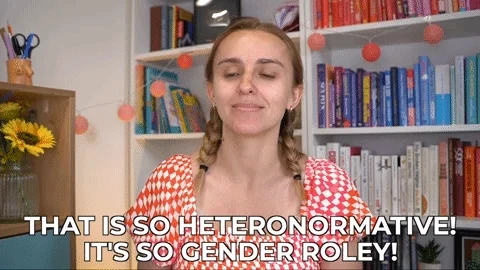
Question who, what, why, etc. On the day, especially, is not the day to ask why someone's family is absent, why they're choosing to get married, what it means to be LGBTQ+, etc.
Misgender and/or deadname. Refer to people how they, and their partner, do for names, pronouns, titles, gender, etc.
Quiz
Regardless of whether you are LGBTQ+ yourself, how can you be inclusive at parties? Select all that apply:
Take Action
By being accepting, unbiased, and nonjudgmental towards however the wedding may look, and by respecting the couple and their guests on the day, you're bound to have a great time and be a great guest at an LGBTQ+ wedding!

Your feedback matters to us.
This Byte helped me better understand the topic.
